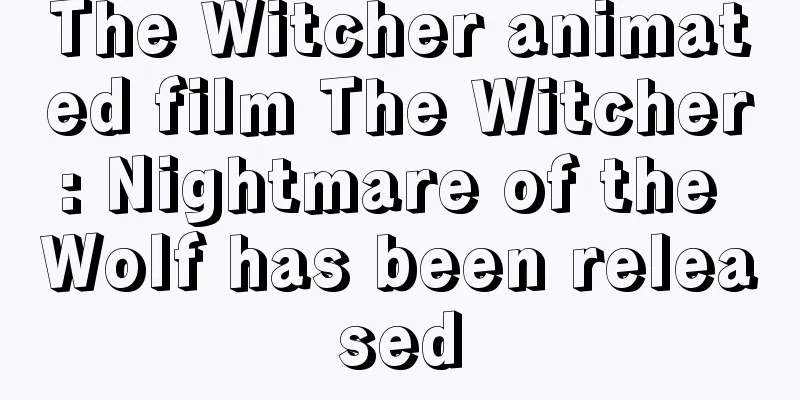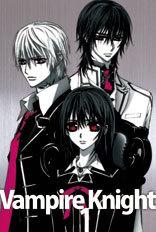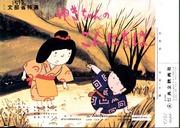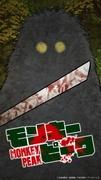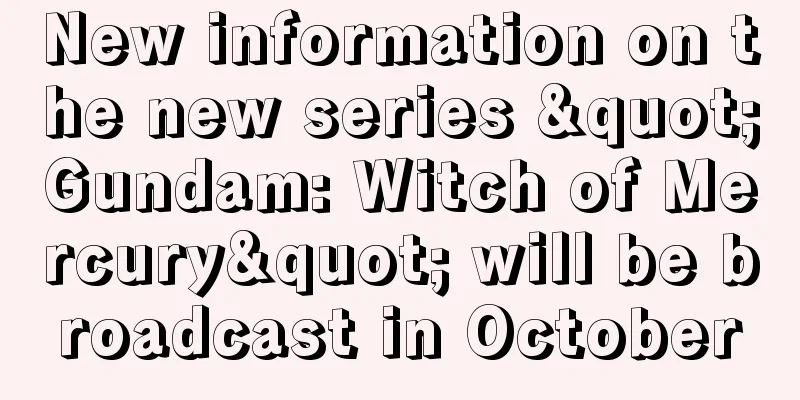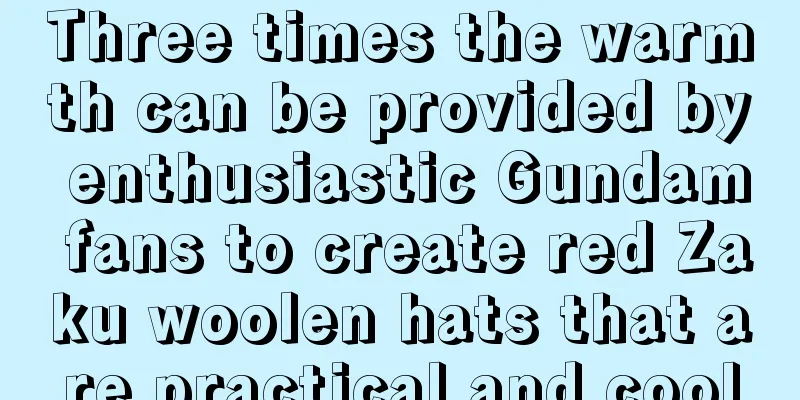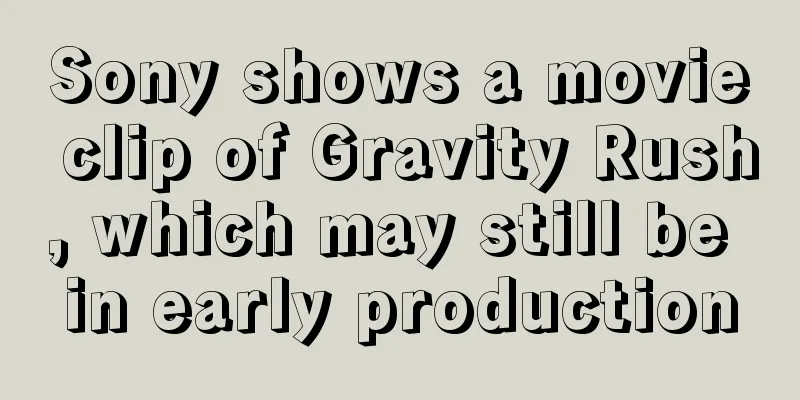Ashita no Joe: A thorough review of the soul of boxing and a story of youth
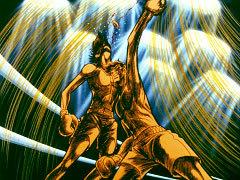
Tomorrow's Joe - Ashita no Joe■ Public MediaTV anime series ■ Original Mediacomics ■ Broadcast periodApril 1, 1970 - September 29, 1971 ■Frequencies25 min ■ Number of EpisodesEpisode 79 ■Original StoryAsao Takamori and Tetsuya Chiba ■ DirectorOsamu Dezaki ■ StoryOne day, a young boy named Yabuki Joe comes to the flophouse district of the downtown area that spreads across Namidabashi Bridge. When Joe rescues a girl named Sachi from the Yakuza, boxing fanatic Danpei Tange is enthralled by his strength and takes him under his wing, hoping to turn him into a top boxer. Despite Danpei's wishes, Joe is sent to a juvenile detention center for deceiving Shiraki Yoko, the daughter of a philanthropist and wealthy family. There, he meets Chikaraishi Toru, who becomes his rival, and suffers his first defeat at the hands of Chikaraishi's punches. Now that he has a rival to surpass, Joe's passion for boxing is ignited and he decides to undergo intensive training from Danpei... ■ExplanationThe fateful story of Yabuki Joe, Chikaraishi Toru, and Tange Danpei is here! "Hit him!" "Stand up! Stand up, Joe!!" This is the animated version of the hugely popular boxing manga, which gave birth to many famous lines, and is a masterpiece that has captivated people of all generations. This is the first directorial work by Dezaki Osamu, who has demonstrated his extraordinary visual sense in his work "Goku's Great Adventure" and "Dororo". In addition to the rough lines and dynamic drawings, and the delicate camerawork and cuts that are unique to Dezaki, which are close to the protagonist's feelings and make full use of slow motion and subjective shots, the bold introduction of transmitted light, the depiction of sweat using transparent paint, and the mist of rain expressed by tapping a brush on the cel, the experimental spirit of adding the texture of real light and water to the traditional cel animation method is also the true essence of this work. The lead voice actors, Teruhiko Aoi and Shigeki Fujioka, were selected, and their presence was a hit, with phrases such as "You must hit it" and "Stand up, Joe," along with the theme song written by Shuji Terayama, still known to many people. The show was very popular, but the anime airing caught up with the manga serialization, and the show was forced to end after a year and a half. The story of this work also comes to an end with the match against rival Carlos Rivera. ■ Main staff・Original story: Asao Takamori, Tetsuya Chiba ・Director: Osamu Dezaki ■ Theme songs and music・TM ■Detailed evaluation and recommendation"Ashita no Joe" was a work that had a huge impact on the Japanese animation world in the 1970s, and its influence has not faded to this day. This work succeeds in depicting a human drama through the sport of boxing. In particular, the relationship between the main character, Yabuki Joe, and his rival, Rikiishi Toru, deeply moves viewers. Below, we will explain in detail the appeal and recommended points of "Ashita no Joe". The appeal of the storyThe story of "Ashita no Joe" begins in a downtown flophouse district. The main character, Yabuki Joe, meets boxing fanatic Tange Danpei while rescuing a girl who has been harassed by the Yakuza. Danpei recognizes Joe's talent and tries to train him to be a top boxer. However, Joe is sent to a juvenile detention center, where he meets Rikiishi Toru. Through his fights with Rikiishi, Joe's passion for boxing is rekindled and he decides to undergo intensive training from Danpei. This story depicts a man who rises from difficult circumstances and challenges himself to pursue his dreams. In particular, the rivalry between Joe and Rikiishi deeply moves viewers. After Rikiishi's death, Joe's fight to carry out Rikiishi's will gave courage to many people. Character AppealThe characters in "Ashita no Joe" are extremely appealing. In particular, the main character, Yabuki Joe, has a rough and rebellious personality, but deep down he has a pure passion. His growth and change resonates with viewers. Rikiishi Toru is also a character with a strong will and high ethical standards, and his presence has a major impact on Joe's growth. Furthermore, Tange Danpei is a strict coach who believes in Joe, and his guidance supports Joe's growth. The relationships and growth of these characters enhance the appeal of "Ashita no Joe." The appeal of visual expression"Ashita no Joe" was director Dezaki Osamu's first film, and its visual expression was extremely innovative. The rough lines and dynamic drawings visually express the intensity of boxing. Additionally, the camerawork, which makes full use of slow motion and subjective shots, succeeds in visually conveying the protagonist's feelings. Furthermore, experimental techniques that incorporate the texture of real-life light and water, such as the depiction of sweat using transmitted light and transparent paint, and the spray of rain created by brush strokes on cels, made a visual impact. These visual expressions make "Ashita no Joe" an even more appealing work. The appeal of voice actorsThe voice actors of "Ashita no Joe" also add to the appeal of the work. In particular, Aoi Teruhiko, who played Yabuki Joe, and Fujioka Shigeyoshi, who played Rikiishi Toru, brought their characters to life with their strong presence. Famous lines such as "You must strike" and "Stand up, stand up, Joe" left a deep impression on viewers. In addition, the theme song "Ashita no Joe", written by Terayama Shuji, left a strong impression on viewers with lyrics that symbolize the theme of the work and Bito Isao's powerful singing voice. These voice actors and music further enhance the appeal of "Ashita no Joe". Recommended points"Ashita no Joe" is a work that has succeeded in depicting a human drama through the sport of boxing. In particular, the relationship between the protagonist Yabuki Joe and his rival Rikiishi Toru deeply moves the viewer. Director Dezaki Osamu's innovative visual expression and the presence of voice actors such as Aoi Teruhiko and Fujioka Shigeyoshi also enhance the appeal of the work. Furthermore, the theme song "Ashita no Joe" written by Terayama Shuji left a strong impression on viewers with lyrics that symbolize the theme of the work and the powerful singing voice of Bito Isao. These elements make "Ashita no Joe" a masterpiece that will be loved by generations to come. I highly recommend this work not only to those who are interested in boxing and sports, but also to those who are interested in human drama and visual expression. Related works and recommendationsFor those who enjoyed "Ashita no Joe," we also recommend the following related works:
Like "Ashita no Joe," these works also succeed in depicting human drama through sports, and leave a deep impression on the audience. Please be sure to watch these works after enjoying "Ashita no Joe." summary"Ashita no Joe" is a masterpiece that succeeds in depicting a human drama through the sport of boxing. Many elements enhance the appeal of the work, such as the relationship between the protagonist Yabuki Joe and his rival Rikiishi Toru, the innovative visual expression of director Dezaki Osamu, the presence of voice actors such as Aoi Teruhiko and Fujioka Shigeyoshi, and the theme song "Ashita no Joe" written by Terayama Shuji. I highly recommend this work not only to those who are interested in boxing and sports, but also to those who are interested in human drama and visual expression. In addition, for those who enjoyed "Ashita no Joe", I also recommend related works such as "Star of the Giants", "Tiger Mask", and "Aim for the Ace!". These works also succeed in depicting human drama through sports, and deeply move the viewer. Please enjoy these works along with "Ashita no Joe". |
>>: Review of "Animal Village Story": A perfect balance of healing and adventure
Recommend
A thorough review of the world ruled by seven magic swords!
"Seven Magic Swords Rule" - A grand sto...
The appeal and evaluation of the short anime "Why?! Witch Craft Works"
The appeal and evaluation of "Chibi Characte...
The first PV of the TV animation "Dangerous Things in My Heart" was released, and the voice actor lineup was announced
The official website of the TV animation "Da...
The second theme song of the TV animation "Re:Zero" will be broadcast on October 3
The second phase of the new TV animation "Mu...
Kanna Hashimoto plays the Cinderella dream! The latest trailer of "Midnight Kiss" is released
On December 4, Shochiku Film Company released the...
End of Century Occult Academy: A thorough review of school life that unravels the mysteries of strange phenomena!
End of the Century Occult Academy - A world where...
Even more outrageous than a portable Shizuka! A Japanese brand launches a dog-shaped "crawling Shizuka" toy that sells out as soon as it's released
Recently, Japanese brand UnDeR20 collaborated wit...
Alan's voice actor Yuki Kaji's new lines are included in the "Attack on Titan" ending oath
This morning, it was officially announced that Is...
The new trailer of the comedy action film "Baby Assassin 2" is scheduled to be released on March 24
The hit comedy action film "The Hot Assassin...
Former Blizzard VP: Henry Cavill is best suited to play Arthas
Recently, the second season of Netflix's &quo...
An ordinary schoolgirl takes on the challenge of becoming a local idol! What is the appeal of this OVA Christmas special?
The appeal and details of "An Ordinary High ...
"Peter Pan" live-action version of "Peter Pan and Wendy" confirms starring cast
Although the enduring charm of Disney movies lies...
"Detective Conan: Zero the Enforcer" has passed the review in the country and has not yet been scheduled
The latest theatrical version of "Detective ...
The manga "It's So Cute" will be adapted into a TV animation and will be broadcast in October this year
According to the new information released by Kenj...
The 2024 summer movie box office will exceed 11 billion! "Catch the Doll" is far ahead
According to data from Lighthouse Professional Ed...

